Reproduction and Development in Crustacea
Invertebrates surpass vertebrates not only in species number but also in diversity of sexuality, modes of reproduction and development. Yet, we know much less of them than we know of vertebrates. Reproduction is central to all biological events. The life cycle of most aquatic invertebrates involves one or more larval stage(s). Hence, an account on reproduction without considering development shall remain incomplete. Approaching from the angle of structure and function in their multi-volume series on Reproductive Biology of Invertebrates during 1990s, K. G. Adiyodi and R. G. Adiyodi elevated the area of Aquatic Invertebrate Reproduction to a visible and recognizable status. Being arthropods, the crustaceans molt to grow and/or reproduce. Of 52,000 species, > 96% crustaceans brood their eggs on their body. Consequently, they share the available resources among intensely competing processes (i) growth including molting, (ii) breeding and (iii) brooding. Hence, they are unique among aquatic invertebrates and render the study of reproduction and development a fascinating field of research. Not surprisingly, many books are written but they are limited to one or another taxon or aspect of reproduction and development. This book represents the first attempt to comprehensively elucidate almost all aspects of reproduction and development covering from anostracan Artemia to xanthid crabs. With inclusion of many species characterized by sessile, sedentary or slow motile groups, gonochorism in crustaceans is limited to 92%; the remaining 8% employ alternate sexuality of parthenogenic and hermaphroditism. For the first time, the book has adduced adequate evidence to establish the fact that brooding gonochorists, parthenogenics and hermaphrodites of all taxons across Crustacea do undergo reproductive senescence. The book also covers indepth aspects in crustaceans such as regeneration of the lost part(s) of chelar appendages and asexual reproduction; production of cyst and their equivalents like the ephihippia and diapausing embryos/larvae; heterogametic sex determination mechanisms; and sex differentiation by endocrines and its disruption by endocrine disruptors, parasites and food. This treatise series also proposes to (i) update and comprehensively elucidate the subject in the context of cytogenetics and molecular biology, (ii) view modes of reproduction in relation to Embryonic Stem Cells (ESCs) and Primordial Germ Cells (PGCs) and (iii) consider cysts and vectors as biological resources. This book is a comprehensive synthesis of over 972 publications carefully selected from widely scattered information from 249 journals and 101 other literature sources. The holistic approach and incisive analysis have led to harvest several new findings and ideas related to reproduction and development in crustaceans. Hopefully, this book serves as a launching pad to further advance our knowledge on reproduction and development of crustaceans.
{{comment.content}}
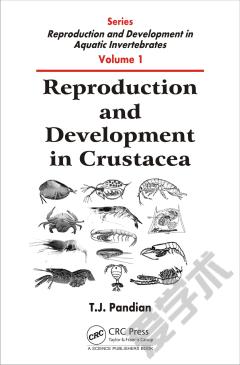
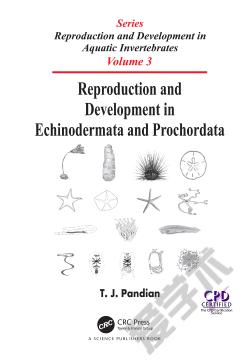
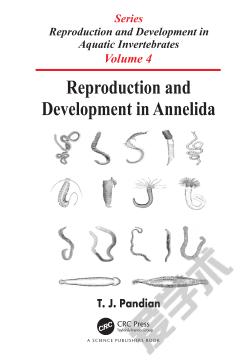
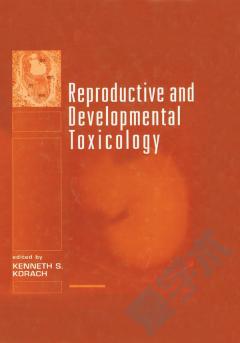
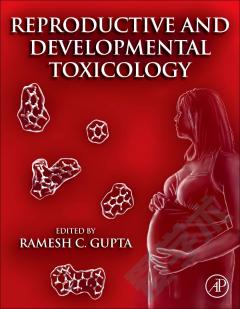
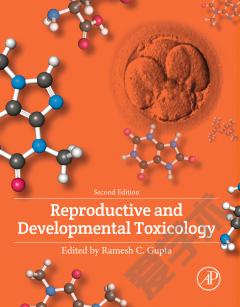
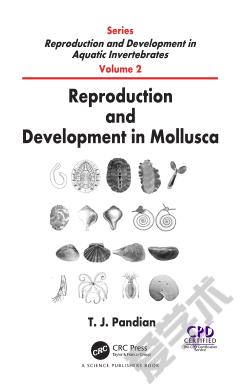

 京公网安备 11010802027623号
京公网安备 11010802027623号